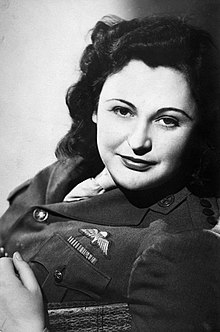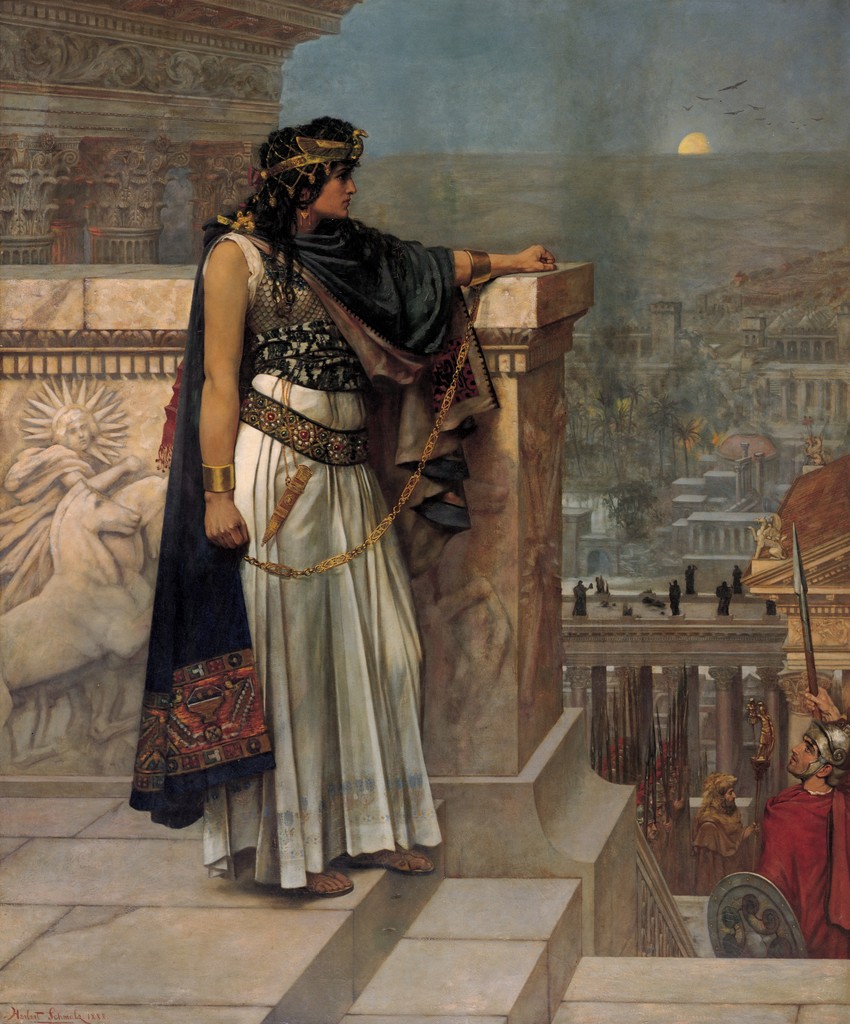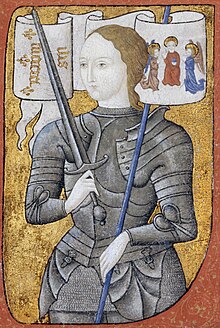The Germanic princess Modthryth referenced in Beowulf was an actual female ruler in 520 A.D., “a good folk queen” with soldierly aspirations. According to folktales handed down in Sweden, any man who looked upon her with desire was challenged to fight her and be felled by her sword!
Lathgertha was also a ruler immortalized in Halfdanar Saga, which tells her story under the name Hladgerd. She rallied to hero Halfdanar’s cause, leading twenty ships in battle to save the day. She is also commemorated in a Saxo Grammaticus tale where he supplied more background about what inspired Lathgertha to take up the battle girdle—she and a group of noblewomen were taken for slaves by invading Norwegians who locked them into a prison brothel. The noblewomen refused to suffer this indignation and turned the tables on their captors, taking their weapons and going into battle. Grammaticus describes her as endowed with “a man’s temper in a woman’s body. With locks flowing loose under her helm, she fought in the forefront of the battle, the most valiant of warriors. Everyone marveled at her matchless feats.”
Aethelburg was an ancient British battle-queen of Ine. According to the writings of Damico, she erected a fortress in Taunton in 722 A.D.
One hundred-fifty years after Aethelburg’s rule, Aethelflaed took up the sword and swore herself to chastity-belted celibacy after her intensely unpleasant experience of childbirth. She and her husband became friends and fellow warriors. When her husband died in 912 A.D., she kept on fighting to defend her father, Alfred the Great, and his kingdom against invading Danes. She had a brilliant tactical mind, uniting the pre-England kingdoms of Wales and Mercia. She died in battle at Tammoth in the borough of Stratfordshire and her one child, daughter Aelfwyn, ascended the throne until her jealous, power- hungry uncle managed a coup.
Good King Wenceslas was actually quite mad. His wife, Queen Sophia of Bohemia had to hold the royal stronghold by herself against German’s invading emperor Sigismund and a barbarous cyclopean Bohemian named Ziska, who fancied he would overtake and rule Bohemia himself. Ziska’s Army of Women was a ragtag bunch of Bohemian reformers and patriots, largely women and children, who took down Sophia’s professional soldiers with such original tactics as removing their clothes and tossing them on the battlefield to entangle the legs of the warhorses the Bohemian Royal Army rode.
The Knights Templar are quite well known, but their counterparts, the numerous crusading battle nuns known as the Martial Nuns are not, having been effectively “whited-out” of history—probably by jealous scribe monks! But there were armed nuns who accompanied fighting monks in the Crusades in the 1400s. But even nuns who stayed home were often armed—they had to defend their convents by themselves in the aggressively territorial Dark Ages. For example, when the anti- Christian Espartero invaded Spain in his famous siege, the nuns of Seville fought back and won. One nun who took up the pen and the sword wrote of her crusade to Jerusalem at the time of Saladin’s attack on the holy city, “I wore a helmet or at any rate walked on the ramparts wearing on my head a metal dish which did as well as a helmet. Women though I was I had the appearance of a warrior. I slung stones at the enemy. I concealed my fears. It was hot and there was never a moment’s rest. Once a catapulted stone fell near me and I was injured by the fragments.”
Careful study of European military history shows a number of women armies, including many women of the cloth. Ultimately, success was too threatening to
the men they fought beside and several popes declared such women to be heretics. Joan of Arc, of course, was the most famous. She was burned at the stake in 1431 on the letter of a law that was hundreds of years old that forbade women from wearing armor. At the same time, Joan was the national shero of France, having led the battle to free the French from the foreign power of England, at the advice of the voices of saints. Several women were inspired by Joan’s example and moved to courage by her murder. The most successful was Joan, the Maid of Sarmaize, who attracted a religious following that supported her in Anjou. She claimed to be the Joan of Arc returned and, like her predecessor, dressed in men’s clothing and armor. Several of Joan of Arc’s friends and family took her in and accepted her. Her actual identity was never known.
Onorata Rodiani was an ahead-of-her time portrait and mural painter who was busy immortalizing the Tyrant of Cremona in oils when an “importunate nobleman” barged into the sitting. Onorata whipped out her dagger and ended the rude noble’s life on the spot, but was forced to go underground as a fugitive. She put down the brush and took up the sword as the captain of a band of mercenaries and died in 1472 in an attempt to defend her birthplace of Castelleone.
In 1745, a Scottish woman named Mary Ralphson fought at Fontenoy right beside her husband. Known as “Trooper Mary,” she wasn’t deterred by having only five fingers and one thumb, living through war to the grand age of 110.
The Amazon of the Vendeans, Mademoiselle de la Rochefoucalt fought the Republicans when Louis XVI was murdered. She was only a teenager, but was famed for her speeches on the battlefield, “Follow me! Before the end of the day we either sing our victory on earth, or hymns with the saints in heaven.”
Alexandra Dourova was a Russian shero who fought against Napoleon as a colonel in the Fourth Hussars. In World War I, the very same regiment enlisted another fighting woman—Olga Serguievna Schidlowskaia.
Major Tamara Aleksandrovna was in charge of an all-female air force for Russia in World War II. Their phenomenal success is evidenced by their record of flying 125 combats, 4,000 sorties, and shooting down 38 Nazi aircraft. Other amazonian aviatrixes were Captain Budanova, Nancy Wak of New Zealand who flew for the allies in France and Ludmilla Pavlichenko who killed 309 Nazis by herself!
Nina Teitelboim, called “Little Wanda with the Braids,” was an anti-Nazi fighter who commanded a special force of Poland’s People’s Guard which blew up the elite Cafe Club, a hangout for the top-ranking Gestapo. Thus empowered, she was part of a raid on the Nazis, stealing back the enormous stockpiles of cash the Nazis themselves had stolen from the people of Warsaw. After this success, the price on her head was higher than ever, and she was captured and executed.
Florence Matomelo was a soldier in the anti-apartheid resistance movement. In 1965, she was arrested for her role in the African National Congress (Pro Azanian or black South African rebel government) and confined to solitary where she was starved, beaten, interrogated, and deprived of the insulin she needed for her diabetes. She died after five years of this abuse, leaving behind several children. She had led a life of constant courage, defying and protesting the unfair practices of apartheid laws, and she died for her cause, having made invaluable contributions to the changes that finally freed black South Africans from the racist rule set up by colonial whites.
This excerpt is from The Book of Awesome Women by Becca Anderson which is available now through Amazon and Mango Media.









